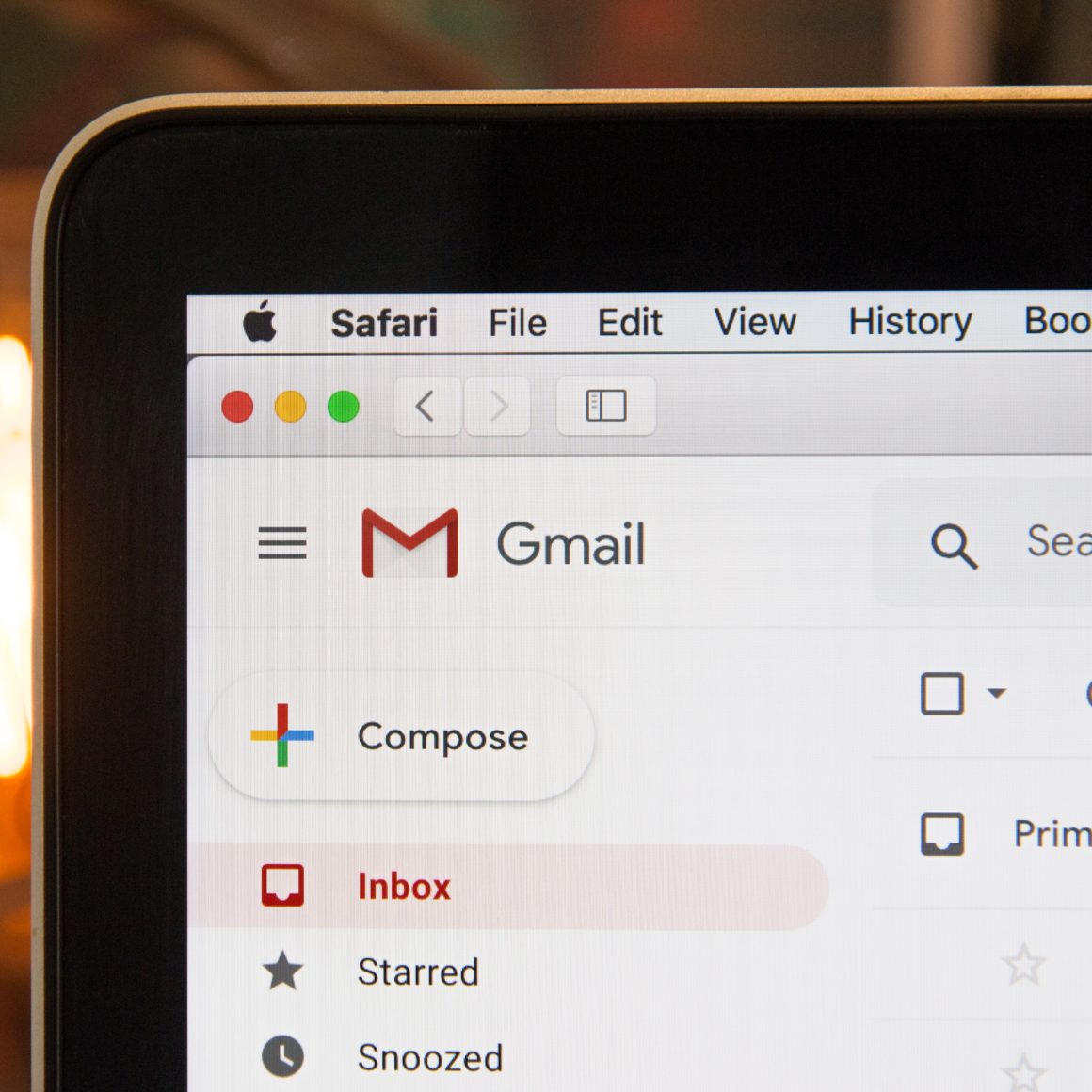
Let’s say you’re getting ready to launch an exciting new product, but you haven’t yet nailed down how to get the word out. Sure, you have social posts drafted and you’re running a few digital ads, but there’s still more you could be doing to really get people excited. This is where email marketing comes in.
This marketing route is a perfect blend of personalized communication, efficiency, and effectiveness. It’s a super handy tool to help you connect with your audience regarding not just new products, but anything else from business updates to upcoming sales. With that said, more than 347 billion emails are sent and received every day. There’s no magic “Email” button that you can press and expect fantastic results, so let’s take a look at some email marketing best practices for getting your content in front of the people who matter!
Segmenting Your Audience
When the internet was younger and simpler, many companies took a “one size fits all” approach. One piece of content was sent out in the same form using the same contact list. Recently, though, more and more customization options have allowed businesses to segment their audience and tailor messages to different groups. This tailoring can separate recipients by things like demographics, shopping behavior, and interests.
Why do you want to incorporate this into your email marketing best practices? Let’s think of it this way: You wouldn’t grab a megaphone and announce on a busy street that you’re selling baseball cards. You may get a few mildly interested people, but wouldn’t it be so much better if you knew everyone you were making the announcement to was a baseball fan or collector? That’s the beauty of emails! By segmenting your audience, you can ensure your content is being sent to people who will care about what you have to say.
Not sure about the best way to handle audience segments? We know a few people who could help out.
Personalization Techniques
You’ve probably noticed that many marketing emails that pop into your inbox address you by your name in the subject line. Or maybe you’ve realized that ever since you bought that pack of baseball cards, you’re getting more emails about baseball cards. That’s no accident. That’s a company following some great email marketing best practices to maximize leads.
By personalizing your consumers’ experiences, you’re giving yourself a significant boost in engagement and conversions. Utilizing dynamic content and customer data can help you build a deeper connection with your audience, which goes a long way toward gaining repeat customers! And if you need a little help, we’re pretty good pickup artists when it comes to emails.
Automation
We get it. Crafting an email probably isn’t at the top of your priority list, but there’s no denying its effectiveness when done right. So why not take advantage of some automation tools? Automated email workflows will allow you to streamline repetitive tasks like:
- Welcome sequences
- Abandoned cart reminders
- Re-engagement campaigns
- Birthday or anniversary emails
- Post-purchase follow-ups
- Event reminders
- Feedback and survey requests
In addition to maximizing email deliverability, these automated processes ensure timely communication with your audience and let you guide them through their customer journey with ease.
Nurturing Leads and Driving Sales
You may be sending a lot of promotional emails, but that’s just the surface goal of effective email marketing. A valuable advantage of a quality, consistent email marketing campaign is building relationships with your customers. When you provide them with valuable content, they’ll see you as a trustworthy and knowledgeable company who takes the time to value them. By establishing this credibility, you’ll gain customer loyalty and develop a great reputation.
And let’s not forget metrics… The more emails you send, the more data you’ll receive. Taking the time to review open rates, click-through rates, and conversion rates will help you make data-driven optimizations. As time goes on, you’ll learn which strategies are effective and which ones should be scaled back or abandoned entirely.
Conclusion
When it comes to email marketing best practices, an understanding of your audience can be the most valuable tool in your arsenal. Utilizing that understanding to segment recipients, personalize your messaging, set up automation, and nurture leads will boost you towards success. If you’re looking for a team that will support your email marketing campaign efforts with a strategy-first approach, you’re in good hands with ArachnidWorks. Our email team will help you get the leads and conversions you’re looking for!
The baseball fans are there. Let’s go sell some cards!








